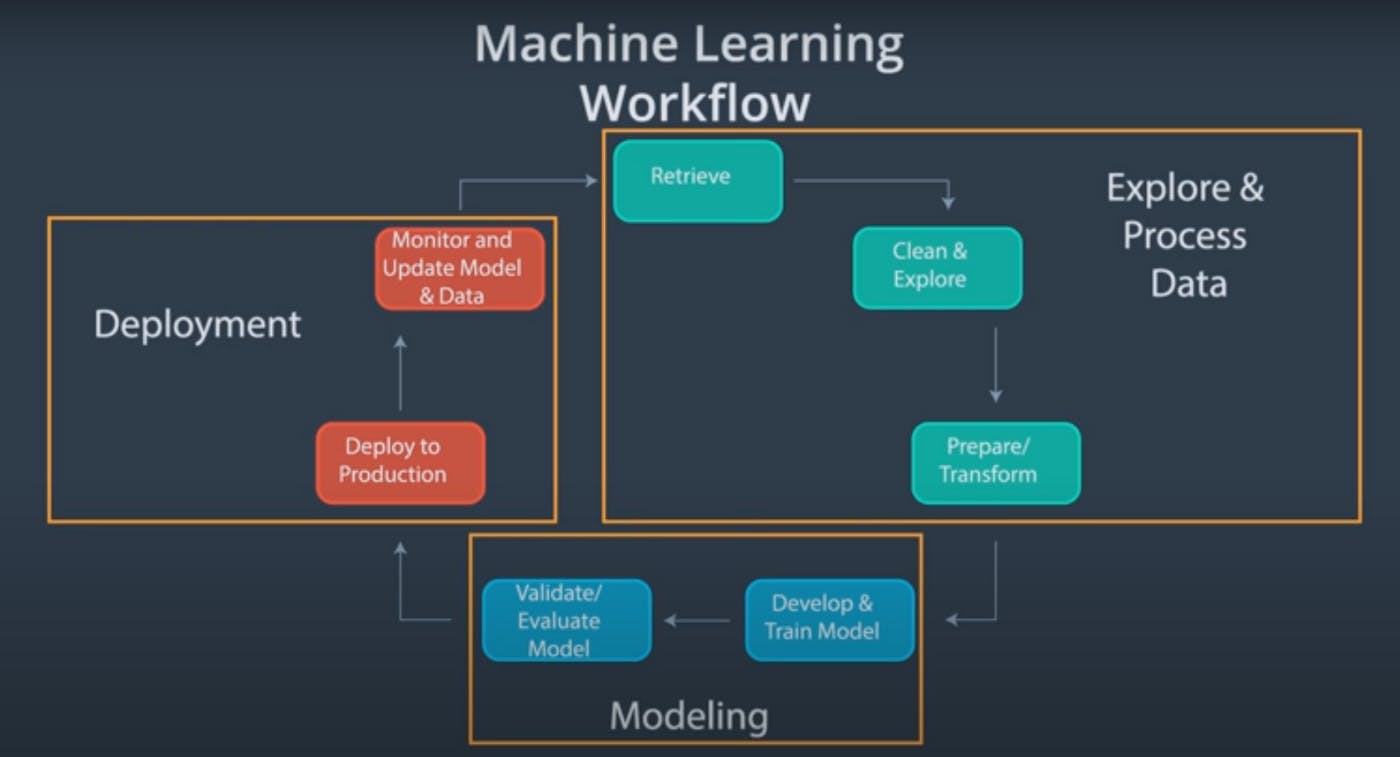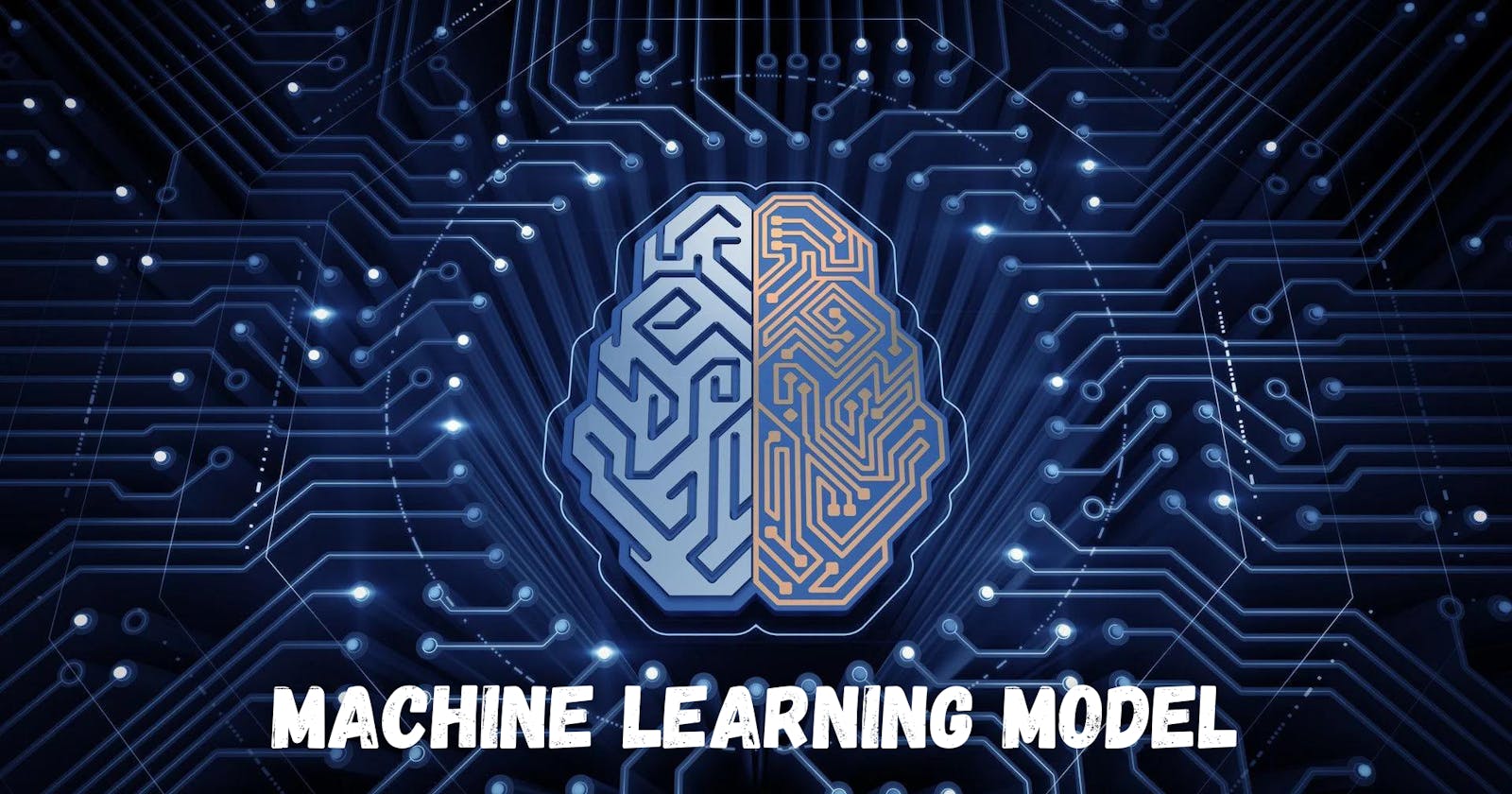Machine Learning Model
A machine learning model is a file that has been trained to recognize certain types of patterns.
What is a Machine Learning Model?
The machine learning model is a sector which can be trained and tested with specific data to recognise the pattern. we can prepare a model with selected datasets to perform a particular task. Our developer datasets well practise the model in the development stage. Then the model is evaluated by the client's dataset. The quality of the model will be based on the result's accuracy. In other words, the result explains the functionality and how deeply the model works on the datasets.
Why do we need Machine Learning Models?
Machine Learning Models are like a brain part of Machine learning. Without brains we can't do anything like that so without models machine learning cannot be implemented.
Example
A baby doesn't know how a cat and dog look. While growing up, the child will recognise the animal and say it is a cow and it is a dog by its characteristics. Here, Cat and Dog are the object and its characteristics are the input data. Whether, the object much similarly behave like cat's characteristics then the model confirms the object is cat. This kind of analysing and evaluating process is done on Machine Learning model.
Classification of Models
There are three learning models for algorithms that are based on various business objectives and data sources. Every machine learning algorithm gravitates toward one of the following three models:
Supervised Learning
Unsupervised Learning
Reinforcement Learning

Workflow of Model

1-Explore & Process Data:
You are aware that machines initially learn from the information you provide them with. It is crucial to gather trustworthy data so that your machine learning model can identify the proper patterns. How accurate your model is will depend on the quality of the data you provide the computer. Inaccurate or out-of-date data will result in inaccurate results or predictions that are irrelevant.
As it will directly impact the result of your model, be sure to obtain data from a reputable source. Good data is pertinent, has few duplicated and missing information, and accurately represents all of the classifications and subcategories that are there. You must arrange your data after you receive it. This is possible by
Combining and randomising all of the data you have. This makes sure that the distribution of the data is fair and that the learning process is unaffected by the ordering. Cleaning the data to get rid of unnecessary information, missing values, duplicate values, rows, and columns, data type conversion, etc. The dataset's rows, columns, and index of rows and columns may even need to be changed. Visualize the data to comprehend its organisation and the connections between the many variables and classes it contains. Dividing the cleaned data into two sets, one for training and the other for testing. The set that your model learns from is called the training set. After training, your model's accuracy is tested using a testing set.
2-Modelling:
The most crucial phase of machine learning is training. To detect patterns and generate predictions, you feed your machine learning model the prepared data during training. As a result, the model gains knowledge from the data to complete the given task. The model improves in prediction over time with training.
You must evaluate your model's performance after training it. To do this, the model's performance is evaluated using data that has never been seen before. The testing set into which you previously divided our data is the unseen data used. The model is already accustomed to the data and detects the same patterns in it as it did during training, therefore using the same data for testing will result in an inaccurate measurement. You will receive excessively high accuracy as a result. You can accurately gauge the performance and speed of your model by using testing data.
3-Deployment:
Trained and Evaluated models outcome is deployed to production. Deployed production is monitored and altered and re-do the steps again.
Conclusion
I hope this article clearly explained the process of creating a machine learning model. To learn more about machine learning and how to make machine learning models, check out my machine learning series. If you have any questions or doubts, mention them in this article's comments section, and connect with me to learn more about machine learning.
Learning is an interesting habit..!

